How to Catch Winter Bass on Hair Jigs
Tips from AJ Slegona on fishing a hair jig in the wintertime
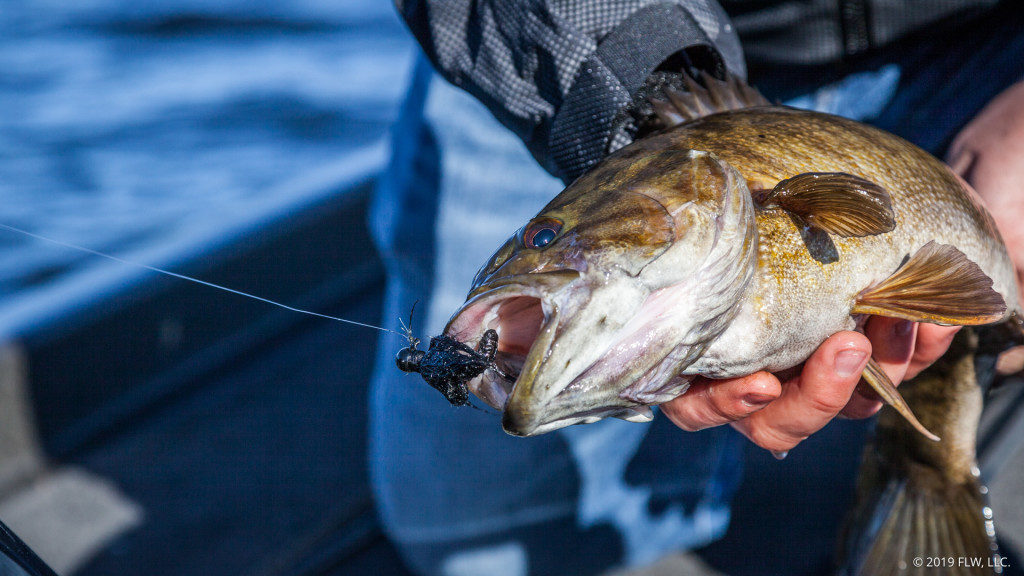
There are a lot of good winter lures, from umbrella rigs to swimbaits and blade baits, but one old-school standard is a hair jig. Recently, big bucktail jigs on ledges have gotten a lot of press, as have little marabou jigs for shallow smallmouths. However, FLW pro AJ Slegona keeps another type of hair jig handy. His is a small, bottom-oriented morsel for deep and cold smallmouths.
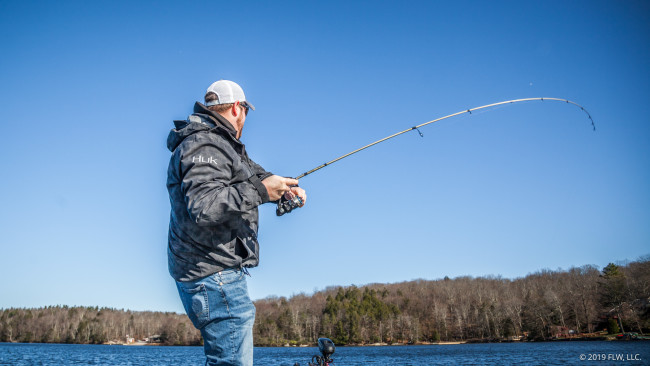
Technique basics
Though fishing hair jigs for chilly bass isn’t specifically a Northeast deal, the technique seems to have taken a bigger foothold there than in some other smallmouth areas. As such, it’s no wonder that Slegona, who hails from Pine Bush, N.Y., would be pretty adept at the finesse technique.
“I usually start throwing a hair jig when the water temperature drops below 50 degrees. The fish start congregating out deep offshore on hard structure, and they like that real finesse approach,” says Slegona. “Their metabolism slows down in the wintertime, and a hair jig is so subtle and you work it so slow that it triggers them to bite it. Compared to a crankbait or something like that it’s such a subtle approach, and it looks like a baitfish or crawfish or whatever they eat down there.”
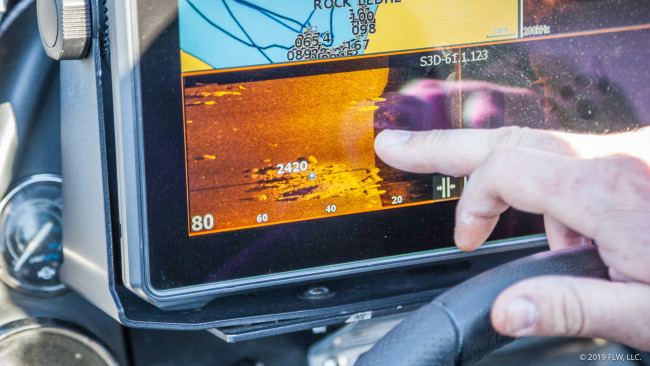
Slegona typically slings hair on any sort of hard offshore winter spots he finds with his Lowrance StructureScan. Usually scanning from 15 to 35 feet deep, his spots might be a rubble pile, a patch of boulders or the end of an old stone wall.
“I don’t usually see a lot of bass on the actual sonar,” says Slegona. “But if you see a lot of baitfish overtop, that’s a good indication that there are probably smallmouths there.”
A cast-and-drag approach is Slegona’s go-to technique, but he emphasizes that it’s almost impossible to fish the bait too slow.
“What took time to learn is how finesse you’ve got to be about it,” details Slegona. “You can’t have too heavy of a rod or heavy line. It’s an ultra-finesse technique. You’ve got to be super slow and super sensitive, because you’re fishing real deep water. I almost let the line drag it toward me. You can’t ever fish it too slow.”
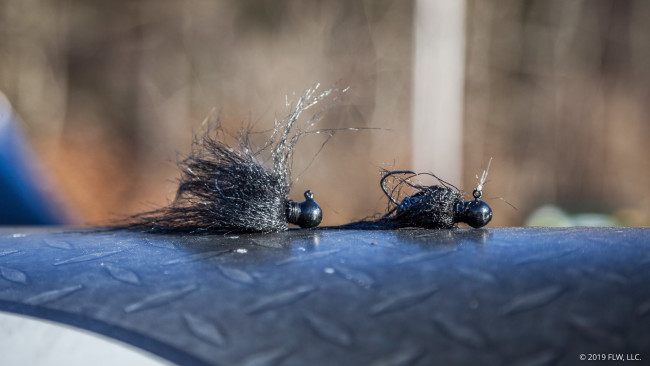
Tackle specifics
Slegona uses 6-pound-test Vicious Pro Elite Fluorocarbon and a medium- or medium-light-action spinning rod with a soft tip to present the jig. He likes the fluorocarbon because it sinks, and he feels like the extra stretch compared to a braid-and-leader setup is actually advantageous when playing the fish.
Slegona relies mostly on a 3/16-ounce ball-head jig with synthetic fibers made by Crafty Rabbit Jigs.
“They have all different types of hair, but I go toward the full synthetic,” says Slegona. “It has a more natural movement I think, and it is a little more buoyant under the water. I just stick with black. If they don’t eat a black one then I won’t catch them. And I put just a little piece of worm on the hook to bulk it up and make it cast a little farther.”
The Crafty Rabbit jigs he uses have a light-wire sickle hook, and Slegona thinks that is very key.
“The fish almost hook themselves; it’s such a laser-sharp hook,” says Slegona. “The light wire is important. Their mouths are a lot harder this time of year. Whenever you use 6-pound-test line and a soft rod in 30 feet of water you need that light-wire hook to penetrate their mouths.”
Though hair jigs are very available in football-head models, Slegona prefers a ball head because he thinks it casts better. He also almost always sticks with a 3/16-ounce bait, only going to an even more finesse 1/8-ounce model if it’s very calm and he’s fishing shallower than 20 feet. Finally, Slegona will occasionally mix in a bulkier jig for largemouths that is a combination of rabbit hair and synthetic fibers, but that’s only on the rare occasion when he expects green fish.
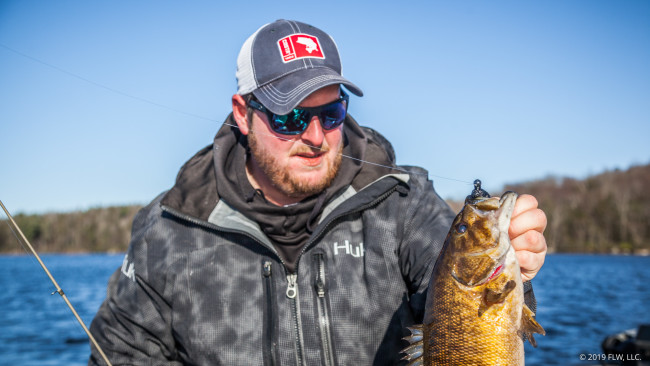
Go until the freeze
Slegona pulls out his box of hair jigs in the fall and says they’re a key part of his game plan until ice covers the lakes and it’s time to roll south.
“It’s hard to pass up smallmouths in the winter,” he says. “When they get bunched up out there you can have a lights-out day. So, when that water temp drops below 50, I break out the hair jig box, and I put it away again in the spring when the water gets warm.”